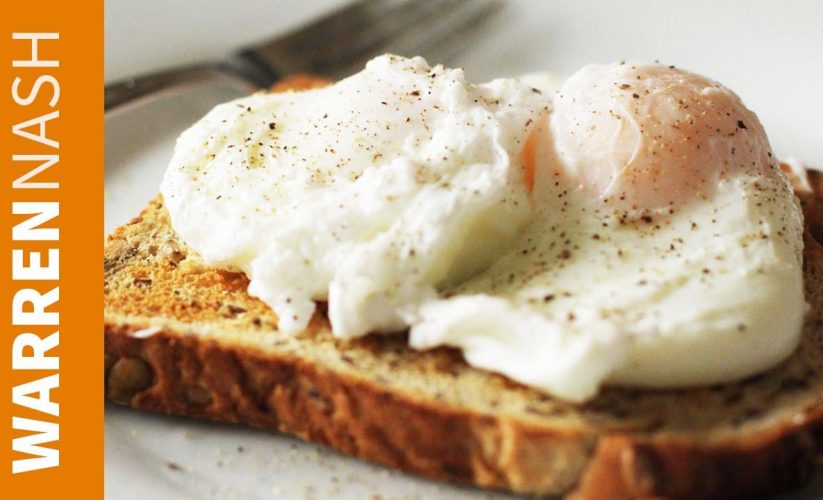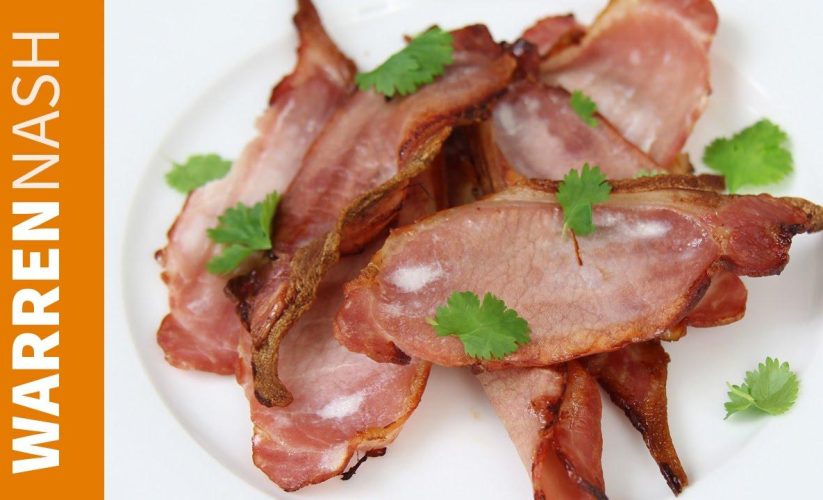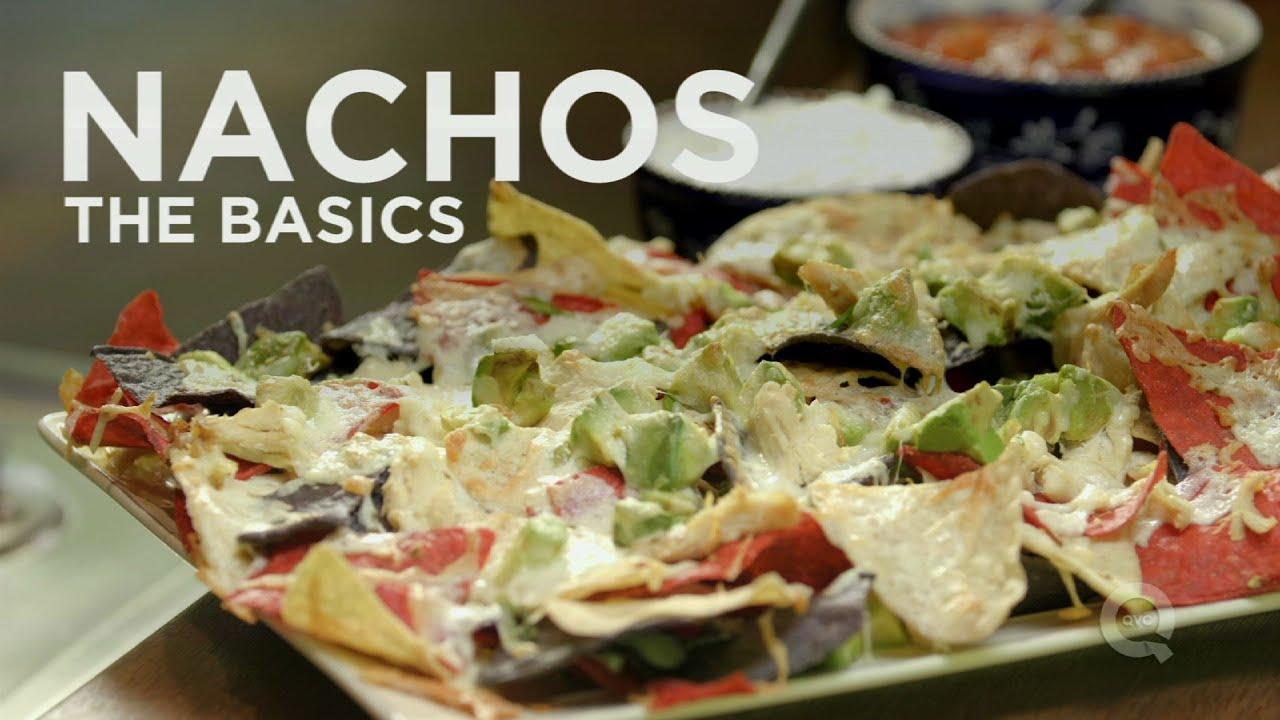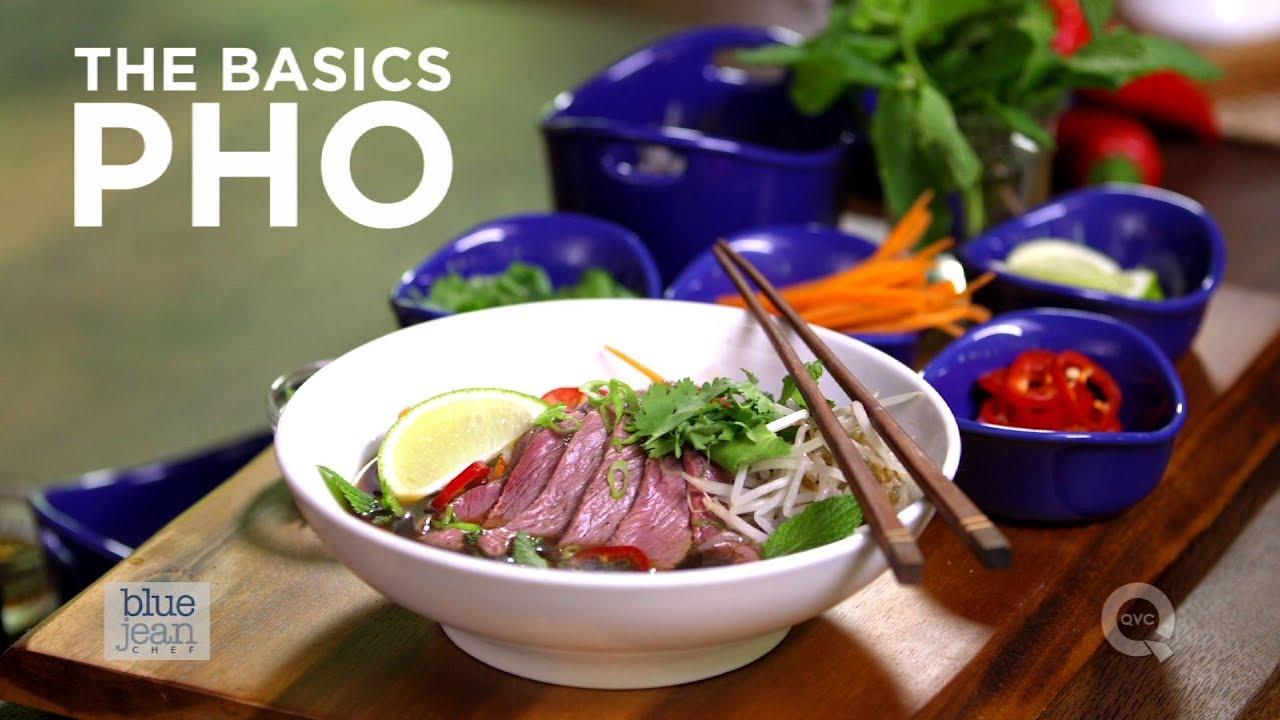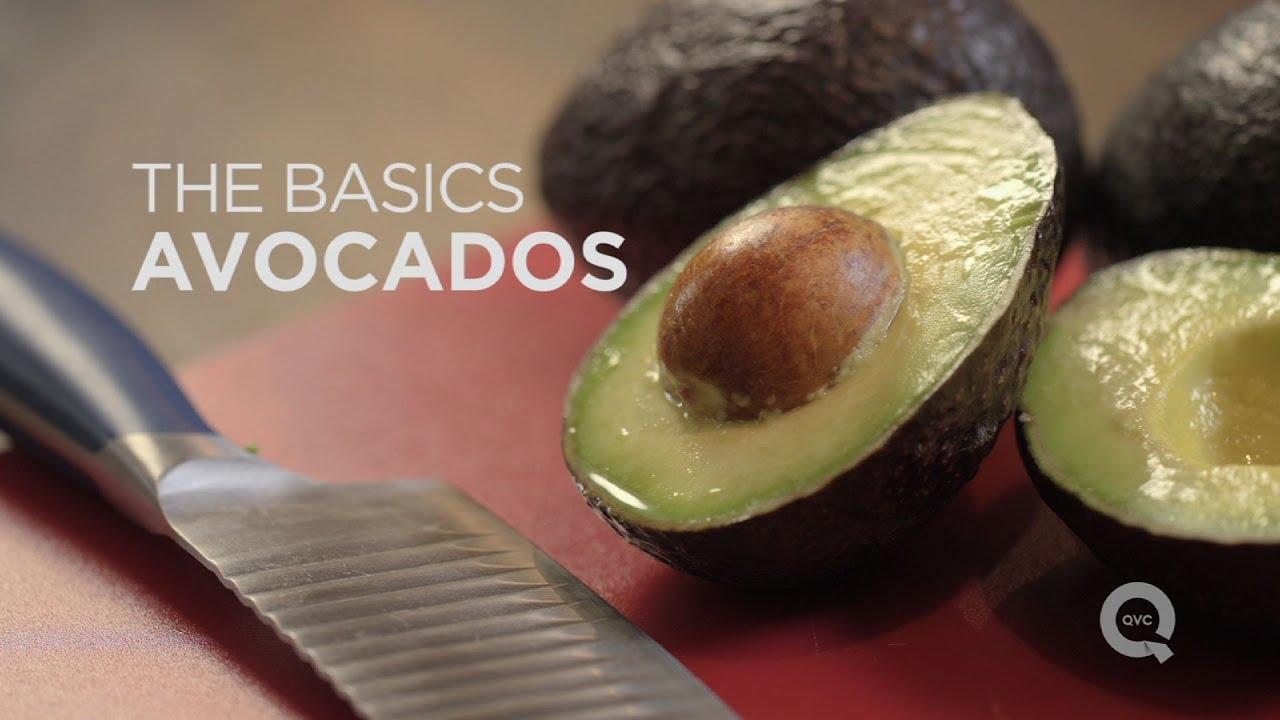Mastering Turkey: Brining and Roasting Basics from QVC
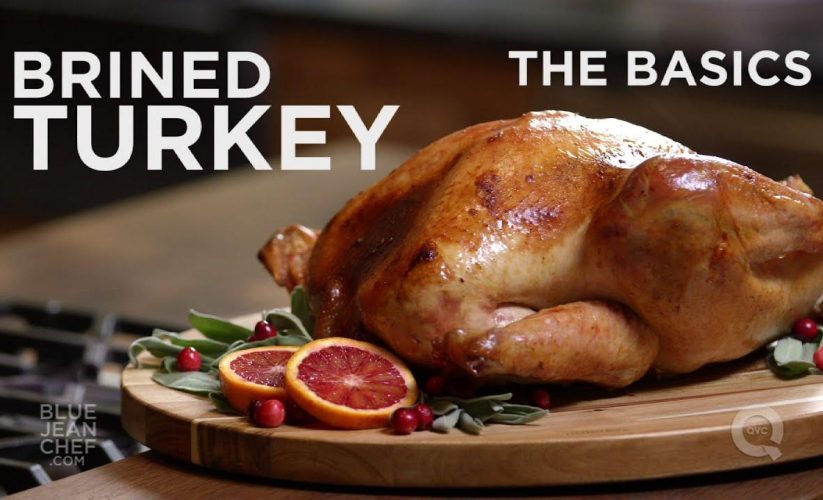
As the holiday season draws near, the pressure is on to serve a turkey that’s nothing short of spectacular—moist, flavorful, and beautifully golden. But what if the secret to mastering this centerpiece lies not in complicated techniques, but in the simple art of brining and roasting? In the insightful QVC tutorial “Mastering Turkey: Brining and Roasting Basics,” we’re taken step-by-step through a foolproof method to transform an ordinary bird into a juicy masterpiece. From crafting the perfect brine infused with herbs, spices, and even a touch of sweetness, to the essential tips on prepping and roasting, this guide demystifies the process with approachable advice and a splash of culinary creativity. Whether you’re a seasoned pro or a first-time host, let’s dive into the essentials that will make your turkey the star of the table this year.
Brining Basics Uncovered Understanding Salt, Sugar, and Flavor Infusions for Juicy Turkey
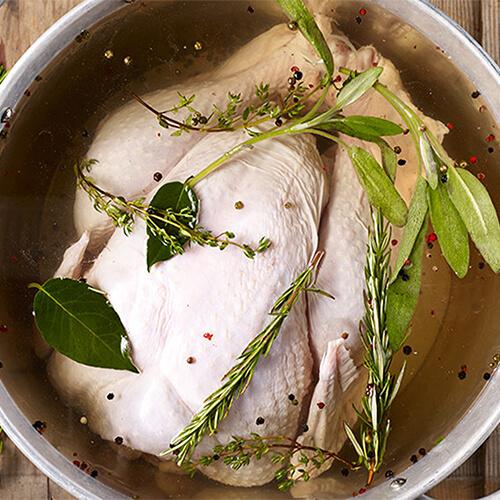
Salt is the cornerstone of any effective turkey brine, acting as the muscle tenderizer and moisture lock, creating that coveted juicy bite that defines a perfectly roasted bird. When you combine salt with sugar—typically half the amount of salt—you unlock another layer of magic: the sugar encourages the skin to caramelize beautifully, yielding a golden, crisp exterior. Whether you choose white sugar, brown sugar, honey, or maple syrup, this sweet element enhances not only color but subtle complexity in flavor. Adding fresh herbs like bruised sage, thyme, and rosemary releases fragrant oils that soak into the meat, while aromatics such as smashed garlic cloves, orange peels, chili peppers, and peppercorns elevate the profile with fresh, spicy, and citrus notes. There’s real freedom here—experiment with any combination, making your brine uniquely yours.
- Salt: Essential for moisture retention and seasoning
- Sugar: Browning agent and flavor enhancer
- Herbs & Aromatics: Sage, thyme, rosemary, garlic, orange peel
- Spices: Chili peppers, peppercorns
Before immersing your turkey, prepare the brine by heating a small concentrated batch to fully dissolve the salt and sugar, then cool it completely before use—never pour hot brine over cold meat. Always remove the neck and any giblets from the cavity. Position the turkey breast-down in the pot, pour the brine over, and then fill with cold water to ensure the breast and legs are submerged, even if the back peeks out. Cover with a lid and refrigerate for 8 to 18 hours; less than 8 won’t impart enough flavor, and beyond 24 hours risks excessive saltiness. Once brined, rinse and pat dry with paper towels to promote the skin’s crisp browning during roasting, allowing it time to dry so every bite boasts perfect texture and flavor.
| Brining Stage | Key Actions | Tips |
|---|---|---|
| Prepare Brine | Heat salt & sugar; add herbs & spices | Use half as much sugar as salt; bruise herbs to release oils |
| Cool Brine | Chill brine completely before adding turkey | Never pour hot brine on cold meat |
| Submerge Turkey | Place breast-down; ensure breast & legs under brine | Fill pot with cold water to submerge key parts |
| Refrigerate | Brine for 8-18 hours | Too long risks oversalting; at least 8 hours for flavor |
| Rinse & Dry | Rinse turkey; pat skin dry | Dry skin ensures better browning |
Herb and Spice Magic How to Customize Your Brine for a Unique Holiday Roast
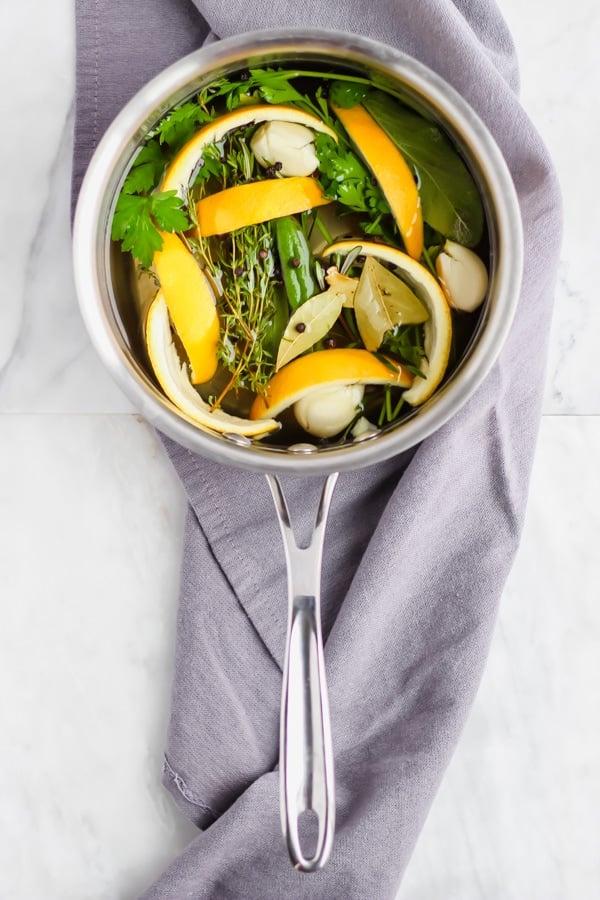
When it comes to building your brine, think of it as an aromatic canvas—you get to paint with herbs and spices until you find that perfect holiday harmony. Start with the essentials: salt for moisture retention and sugar to coax out a caramelized, golden skin. From there, your favorites become the stars. Smashed sage, bruised just enough to release its fragrant oils, infuses earthy warmth, while fresh thyme and rosemary bring piney brightness to every bite. Don’t shy away from adding orange zest or peel for subtle citrus notes that cut through the richness. A few crushed garlic cloves and a pinch of dried chili peppers introduce depth and a whisper of heat, rounding out the sensory experience.
Here’s a quick reference to inspire your next brine blend:
| Herbs & Spices | Effect on Flavor | Suggested Amount |
|---|---|---|
| Sage (bruised) | Earthy, aromatic warmth | 3-4 sprigs |
| Thyme (fresh) | Subtle herbal brightness | 4-5 sprigs |
| Rosemary (sprigs) | Piney, woodsy flavor | 2-3 sprigs |
| Orange zest/peel | Fresh citrus kick | Chunks from 1 orange |
| Garlic (smashed) | Robust and savory depth | 3-4 cloves |
| Dried chili peppers | Subtle heat | 1-2 small peppers |
| Dried peppercorns | Mild spicy touch | 8-10 peppercorns |
Remember, the beauty of brining is customization. You’re not locked into a strict recipe; instead, experiment boldly with your favorite herbs and spices. Crafting your own blend ensures each roast carries a signature aroma that sets the festive mood and invites compliments at the dinner table.
Essential Tips for Safe and Effective Brining Timing, Temperature, and Turkey Prep
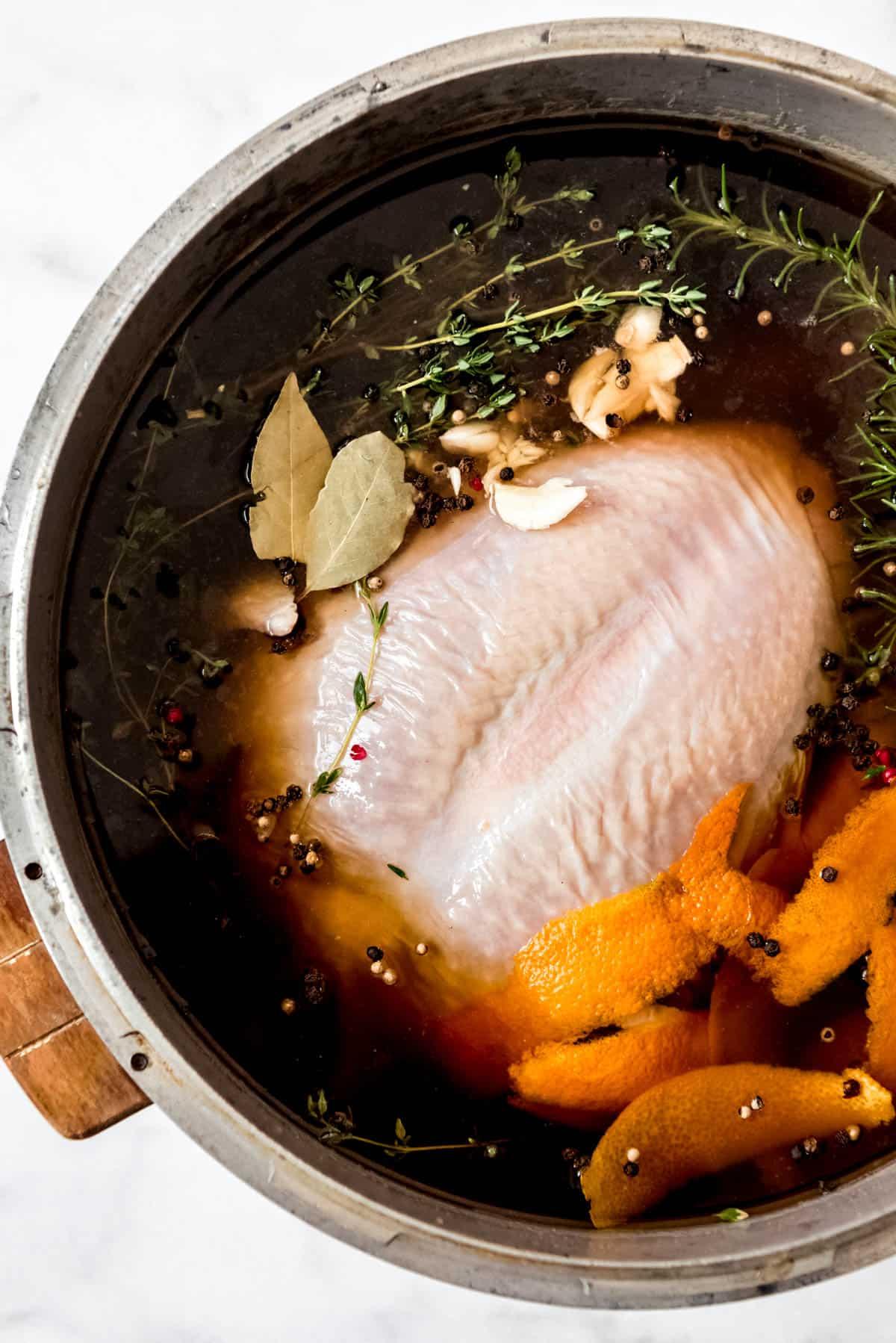
Brining your turkey is all about precision with timing, temperature, and prep. Start by making a concentrated brine with a ratio of salt to sugar — typically, use half as much sugar as salt. For a 12-pound bird, about ¾ cup sugar works perfectly, and you can choose from brown sugar, white sugar, honey, or even maple syrup to add different layers of flavor. Incorporate fresh herbs like sage (bruised to release oils), thyme, and rosemary, plus aromatics such as smashed garlic, orange zest, dried chili peppers, and peppercorns to make your brine irresistibly fragrant. Remember, the brine mixture must be boiled to dissolve the salts and sugars, then completely cooled down before you introduce your turkey to avoid prematurely cooking the meat.
Before you submerge your turkey, proper preparation is key. Remove the neck and giblets from the cavity to prevent unwanted cooking surprises. Lay the turkey breast-down in your brining vessel and pour the cooled brine over it, ensuring the breasts and legs are fully submerged—it’s okay if the back sticks out slightly. Fill with cold water and refrigerate for a minimum of 8 hours, but no longer than 24 hours to avoid over-salting. Once brining is complete, rinse the bird thoroughly and pat it dry with paper towels to promote beautifully browned, crispy skin. This drying time also lets the skin firm up, setting you up for a perfectly roasted turkey.
| Brining Tips | Details |
|---|---|
| Salt to Sugar Ratio | 2:1 (e.g., 1½ cups salt to ¾ cup sugar) |
| Brining Time | 8 to 18 hours (max 24 hours) |
| Brine Temperature | Completely cooled before use |
| Turkey Prep | Remove neck/giblets, pat dry post-brine |
| Herb Suggestions | Sage, thyme, rosemary, orange zest |
Mastering the Roast Achieving Perfectly Browned, Crispy Skin Through Proper Drying and Cooking
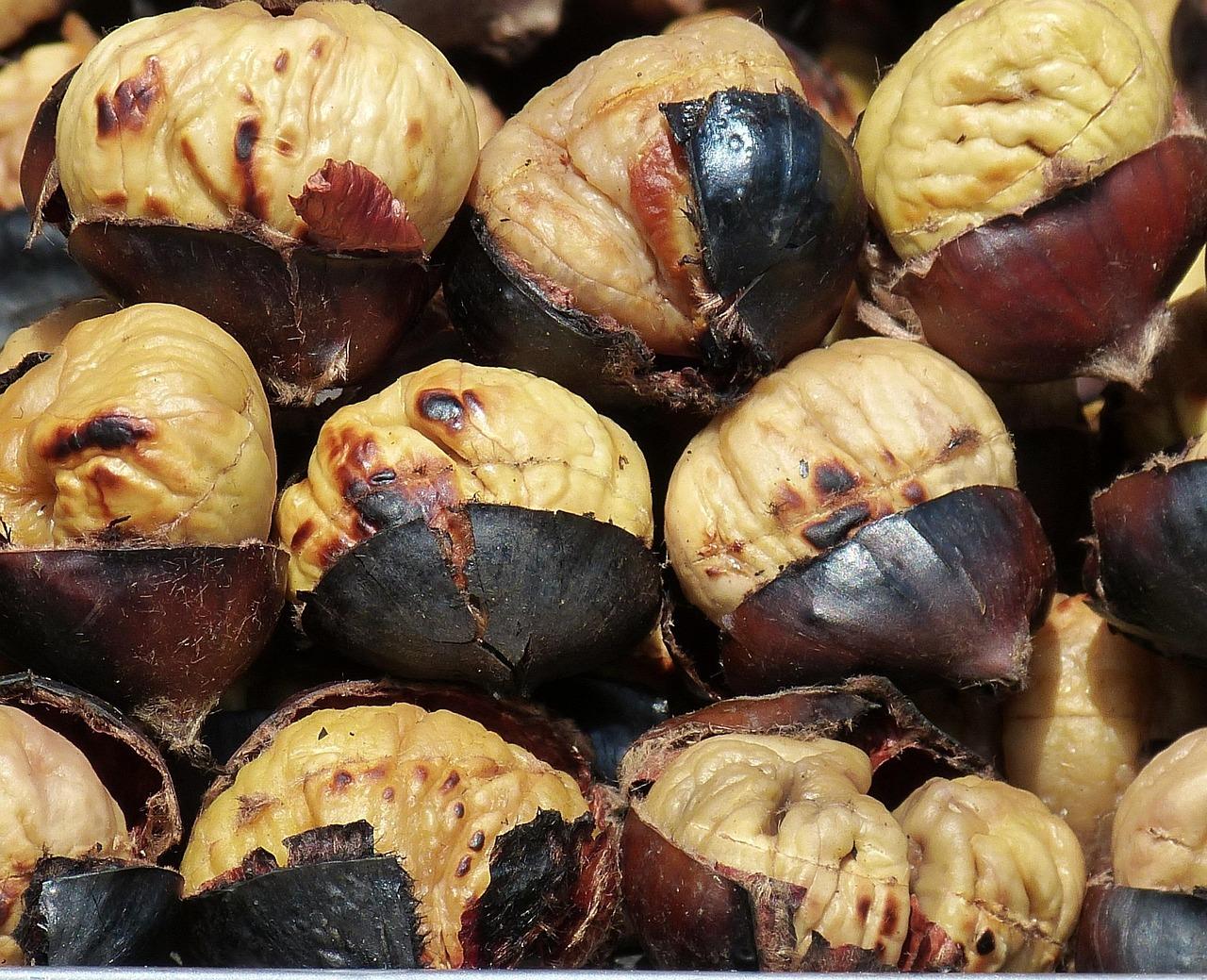
Achieving that irresistible golden-brown, crispy skin is all about proper drying and cooking techniques. After the turkey has soaked in its flavorful brine, it’s essential to thoroughly rinse off the excess salt and pat the bird completely dry with paper towels. This step isn’t just about removing moisture – it’s about setting the stage for a perfect roast. Moist skin steams rather than crisps, so the drier the surface, the better the skin can caramelize under the heat. For an even crispier finish, let the turkey rest uncovered in the refrigerator for an hour or two after drying, allowing the skin to dry out further and intensify the browning process in the oven.
When it comes to roasting, temperature and timing make all the difference. Start by roasting the turkey breast-side down for the first half of cooking to keep the meat juicy, then flip it over to crisp the skin. Basting can be tempting, but opening the oven too often lets out heat and moisture, delaying that coveted crunch. Instead, rely on the initial brine’s balance of salt and sugar to promote even browning. Here’s a quick guide to roasting tips for skin perfection:
- Pat dry and air chill: before roasting, remove surface moisture.
- Start breast-side down: locks in juices and prevents dry meat.
- Flip halfway through: for skin crisping without overcooking.
- Use high heat toward the end: for that final golden crunch.
- Avoid over-basting: maintain oven heat and skin dryness.
| Phase | Temperature | Purpose |
|---|---|---|
| Initial Roast | 325°F (163°C) | Moisture retention, even cooking |
| Flip & Crisp | 375°F (190°C) | Enhance skin browning & crispness |
To Wrap It Up
As we’ve uncovered from the “Mastering Turkey: Brining and Roasting Basics from QVC” video, turning a simple bird into a succulent centerpiece is all about patience, technique, and a dash of creativity. Whether it’s the careful balance of salt and sugar in your brine, the aromatic herbs and zesty additions that transform flavor, or the crucial step of drying to achieve that perfect golden skin, every detail counts. With these fundamentals in your culinary toolkit, your holiday turkey will emerge juicy, flavorful, and beautifully browned—taking the stress out of the season and putting the joy back on your table. So, get ready to embrace the brine, experiment with your favorite herbs, and roast with confidence—the perfect turkey awaits!

